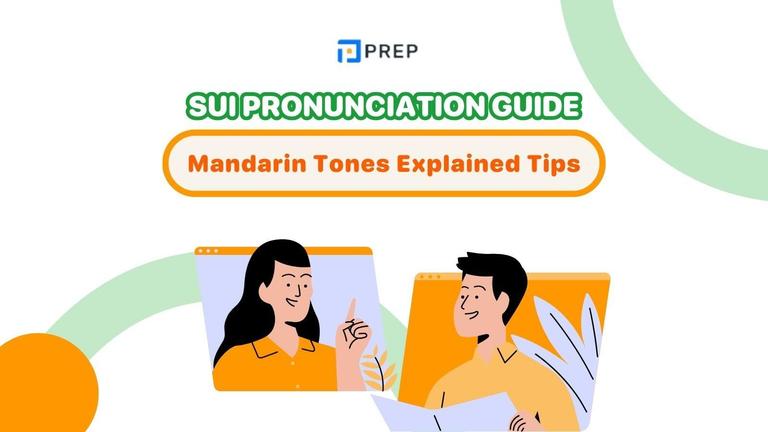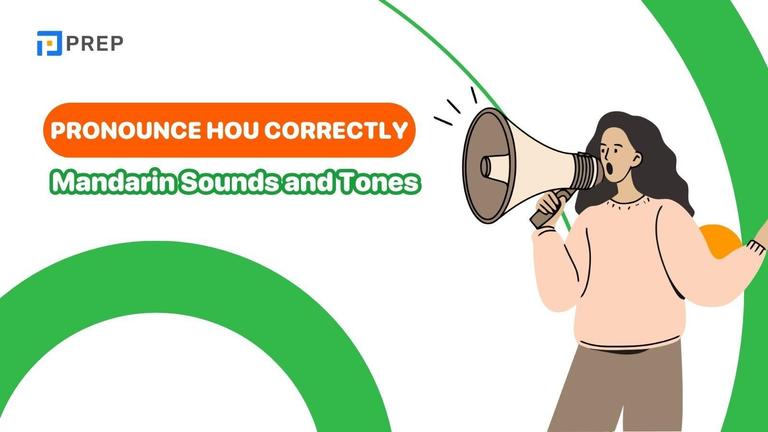A comprehensive guide on how to write IELTS Writing Task 1: Comparative Graphs
In the IELTS Writing Task 1 test, you'll often encounter questions about Comparative Graphs. It's important to note that these questions typically provide only one-time point without specifying the duration. So, to perform well on the actual exam day, it's essential to understand how to approach this type of question effectively.
In the article below, prepedu.com shares a thorough guide on writing IELTS Writing Task 1: Comparative Graphs, covering everything from start to finish. Take a look at the article to learn the techniques and improve your chances of achieving a good IELTS band score!

I. Overview of IELTS Writing Task 1: Comparative Graphs
1. What is IELTS Writing Task 1: Comparative Graphs?
Comparative Graphs is a type of question that compares two graphs in IELTS Writing Task 1. The comparative graphs require the writer to identify the similarities/differences between the objects and the data in the task. Usually, the data is presented in tables or charts such as pie charts, and bar charts, at the same time point, and involves multiple objects. To analyze these graphs, the writer needs to understand the differences between the given data.
Additionally, a comparative graph may also include a time element. In that case, the writer needs to analyze both the differences and the trends of change among the objects.

2. Vocabulary for comparing graphs in IELTS Writing Task 1
Expanding your vocabulary for comparing graphs in IELTS Writing Task 1 can significantly enhance the clarity and sophistication of your analysis.
Some scoring vocabulary commonly used in Comparative Graphs type includes:
- Fractions: one third, three quarters…
- Ranking: to rank first, second…; second highest/lowest
- Superlatives, equality, multiples…
- Variability: Refers to the extent of differences or fluctuations within the data.
- Disparity: Describes a significant difference or contrast between two or more elements.
- Proportionately: Indicates the relationship of one part to the whole, often used to express percentages or ratios.
- Conversely: Signals a contrasting viewpoint or relationship between two elements.
- Subsequently: Denotes a sequence of events or trends that occur as a result of previous actions or conditions.
- Correspondingly: Suggests a parallel relationship between two sets of data or variables.
- Fluctuation: Describes irregular changes or variations in the data over time or between different categories.
- Consistently: Indicates that something remains the same or maintains a steady pattern throughout the data set.
- Notably: Highlights a particularly significant or remarkable aspect of the data.
- In comparison to: Introduces a comparison between two or more elements, often used to contrast differences or similarities.
- Conversely: Signals a contrasting viewpoint or relationship between two elements.
By incorporating these vocabulary terms into your comparative graph analysis, you can effectively convey nuanced comparisons and interpretations, thereby elevating the quality of your writing and enhancing your overall performance in the IELTS Writing Task 1 examination.
II. Structure of IELTS Writing Task 1: Comparative Graphs
Remember the complete structure, including the opening, overview, and body paragraphs of the Comparative Graphs type, to effectively practice Writing at home:
- Opening: Paraphrase the question: percentage → proportion, rate, figure...
- Overview: Identify the most notable objects (largest/smallest values, majority...)
- Body paragraphs: Divide the objects into groups with similar or contrasting characteristics for comparison, and analyze each group of objects in a separate paragraph. Suggestions: Compare the distribution, proportions, distances, differences... of the objects.
Please refer to the following article:
III. A sample essay on IELTS Writing Task 1: Comparative Graphs
1. A sample prompt of IELTS Writing Task 1
Prompt: The table below gives information on consumer spending on different items in five different countries in 2002.

2. A sample essay on IELTS Writing Task 1
The sample essay of IELTS Writing Task 1: Comparative Graphs is as follows:
The table shows percentages of consumer expenditure for three categories of products and services in five countries in 2002.
Overall, the largest proportion of consumer spending in each country went to food, drinks and tobacco. On the other hand, the leisure/education category has the lowest percentages in the table.
Out of the five countries, consumer spending on food, drinks and tobacco was noticeably higher in Turkey, at 32.14%, and Ireland, at nearly 29%. The proportion of spending on leisure and education was also highest in Turkey, at 4.35%, while expenditure on clothing and footwear was significantly higher in Italy, at 9%, than in any of the other countries.
It can be seen that Sweden had the lowest percentages of national consumer expenditure for food/drinks/tobacco and for clothing/footwear, at nearly 16% and just over 5% respectively. Spain had slightly higher figures for these categories, but the lowest figure for leisure/education, at only 1.98%.
IV. Achieve Your Dream IELTS Band Score
Preparing for IELTS can feel daunting, but it doesn’t have to be. Learn from experienced tutors who will guide you every step of the way.
👉 IELTS preparation online: Take the First Step Towards IELTS Success Today!

Hi I'm Chloe, and I am currently serving as an Product Content Administrator at Prep Education. With over five years of experience in independent online IELTS study and exam preparation, I am confident in my ability to support learners in achieving their highest possible scores.
Comment
Premium content
View allPersonalized roadmap
Most read












